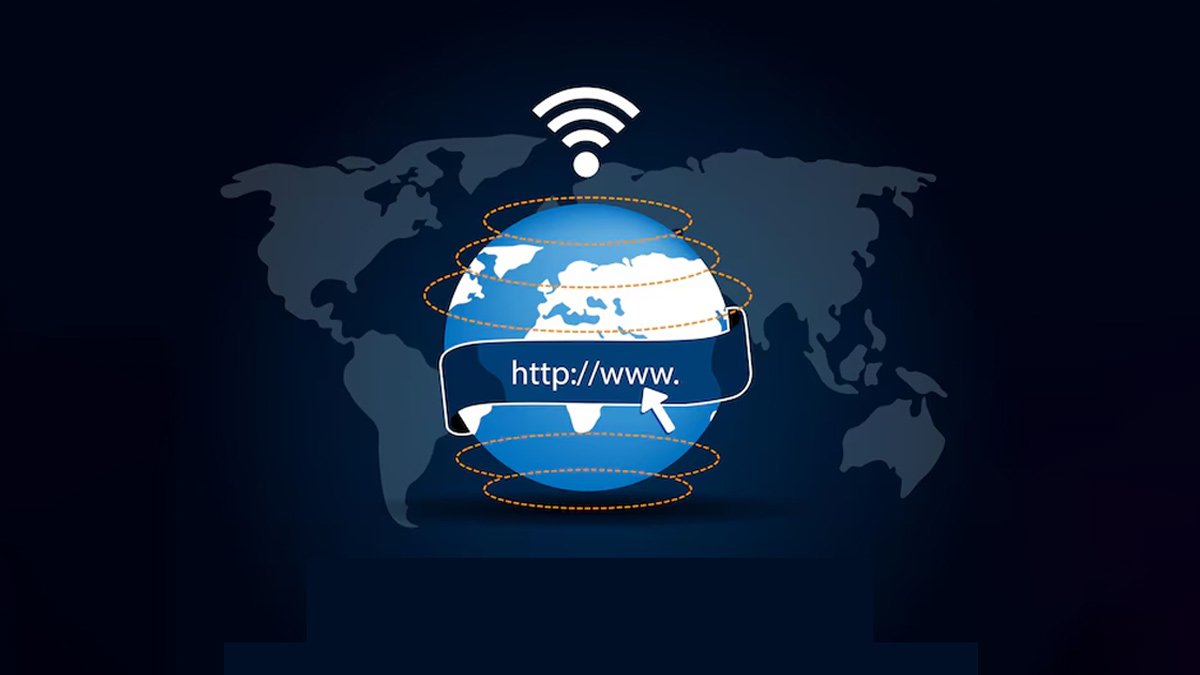Introduction: What Exactly Is the World Wide Web?
The World Wide Web(WWW), often simply called the web, is a vast network of interconnected websites and pages accessible through the internet. It’s a digital space where users can explore, interact, and find a treasure trove of information. Unlike the internet, which is the global infrastructure connecting computers and networks, the World Wide Web is an application that sits atop this infrastructure, offering a user-friendly way to navigate through a wealth of digital content.
Differentiating Between the Internet and the Web
While many people use the terms interchangeably, the Internet and the World Wide Web are not the same. The Internet is the physical network of computers and servers spread across the globe, while the World Wide Web is the collection of web pages and content that users access via the internet.
How the World Wide Web Functions
At its core, the World Wide Web relies on a system of hyperlinks and protocols to function. Hypertext is the key component, allowing users to click on links that instantly take them from one page to another. This is facilitated by the Hypertext Transfer Protocol (HTTP), which standardizes the way data is transmitted over the internet, ensuring that when you click on a link, the corresponding page loads correctly in your browser.
The Technology Behind the Web – HTTP and HTML
The web wouldn’t work without HTTP (Hypertext Transfer Protocol) and HTML (Hypertext Markup Language). HTTP manages the communication between your browser and the server, while HTML structures the content on web pages, dictating how text, images, and other elements are displayed.
The Origin Story: How the World Wide Web Was Born
The idea of the World Wide Web was conceived by Tim Berners-Lee, a visionary British scientist working at CERN in the late 1980s. He wanted to create a system that would allow researchers to share documents easily. By 1990, Berners-Lee had developed the first web browser and server, making his idea a reality. This groundbreaking innovation laid the foundation for the digital revolution we’re living through today.
Tim Berners-Lee’s Legacy
Tim Berners-Lee didn’t just create the World Wide Web; he also established the World Wide Web Consortium (W3C), an organization that continues to develop web standards, ensuring that the web remains open, accessible, and constantly evolving.
The Evolution of Web Browsers and the Expansion of the Web
The early days of the World Wide Web were marked by rapid innovation. The first browsers were text-based, but the release of Mosaic in 1993 changed everything. Mosaic was the first browser to integrate images with text, making the web more visually engaging. This innovation sparked widespread interest in the web, leading to a surge in the creation of new websites and online content.

With the introduction of Mosaic, web browsers became user-friendly and accessible, driving the popularity of the World Wide Web. This evolution continued with the rise of Netscape Navigator, Internet Explorer, and eventually modern browsers like Google Chrome and Mozilla Firefox.
Understanding the Web vs. the Internet
It’s easy to confuse the World Wide Web with the Internet, but it’s important to understand the distinction. The Internet is the underlying network that connects computers around the world, while the World Wide Web is a service that operates on this network, allowing us to access web pages via browsers. Think of the internet as the roads and highways, and the web as the vehicles traveling on them.
The Client-Server Model in Web Functionality
Both the Internet and the World Wide Web operate on a client-server model. Servers store the information, while clients (like your computer or smartphone) request and display it. This model is fundamental to how the web works, enabling the seamless transfer of data from servers to users across the globe.
Web 1.0: The Early Days of the Web
The initial phase of the World Wide Web is often referred to as Web 1.0. This era was characterized by static websites with content that was primarily informational. Users could read and view content, but there was little to no interaction. The web was essentially a one-way street, where creators published content and users consumed it.
The Static Nature of Web 1.0
During the Web 1.0 era, websites were static and focused on delivering information rather than fostering interaction. This phase laid the groundwork for more dynamic and interactive versions of the web that would follow.
Web 2.0: A New Era of Interactivity
The transition to Web 2.0 brought about a significant change in how we use the web. This era introduced dynamic content and interactive platforms that allowed users to engage more deeply with websites. Social media, blogs, and user-generated content became the norm, transforming the web into a space for collaboration and communication.
The Impact of Social Media on Web 2.0
Web 2.0 ushered in the age of social media, where platforms like Facebook, Twitter, and YouTube became central to online interaction. This shift not only changed how we communicate but also how businesses operate, with user-generated content becoming a key part of the online ecosystem.
Looking Ahead: The Promise of Web 3.0
As the web continues to evolve, we’re on the brink of another major shift: Web 3.0. This next phase is expected to bring even more personalization, intelligence, and decentralization. With the integration of artificial intelligence (AI), machine learning (ML), and blockchain technology, Web 3.0 promises to create a more secure and user-centric web.
Key Bite: The Role of Decentralization in Web 3.0
One of the defining features of Web 3.0 will be its decentralized nature. Unlike Web 2.0, which is dominated by large platforms, Web 3.0 aims to give more power to individual users and creators, potentially transforming how we interact online.
Read More: Avani Lekhara: The Gold Medalist Leading India’s Charge at the Paris Paralympics 2024
Conclusion: The Ever-Changing World
The World Wide Web has undergone tremendous changes since its inception, evolving from a simple document-sharing system into a complex and dynamic digital ecosystem. As we move forward, the web will continue to adapt and grow, driven by technological advancements and the ever-changing needs of its users. Whether through the rise of Web 3.0 or other innovations, the web remains at the forefront of the digital revolution, shaping the future of how we connect, communicate, and create.







